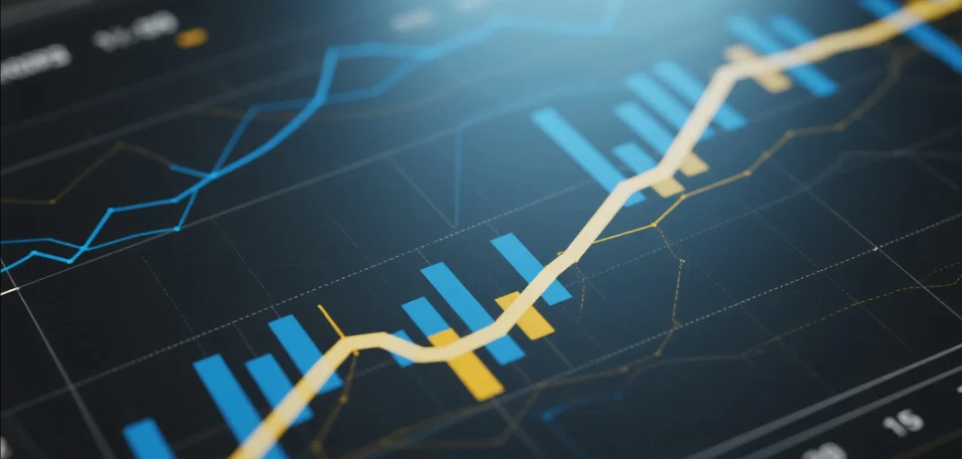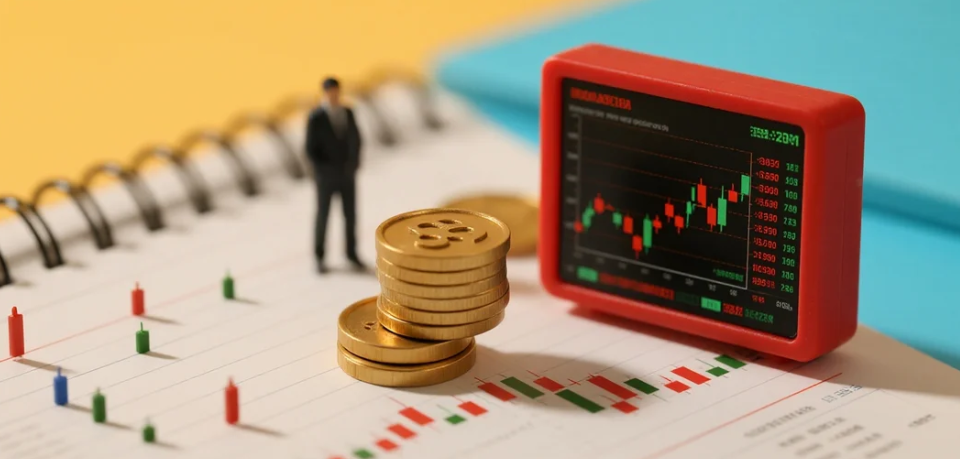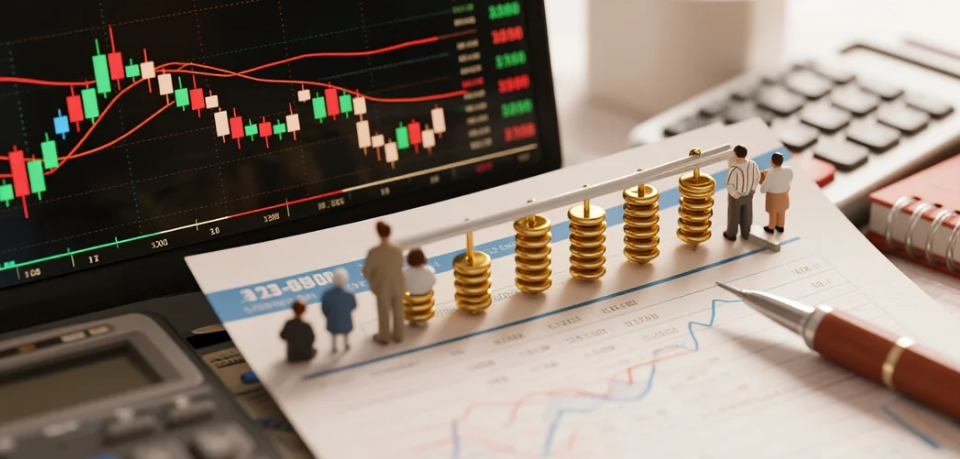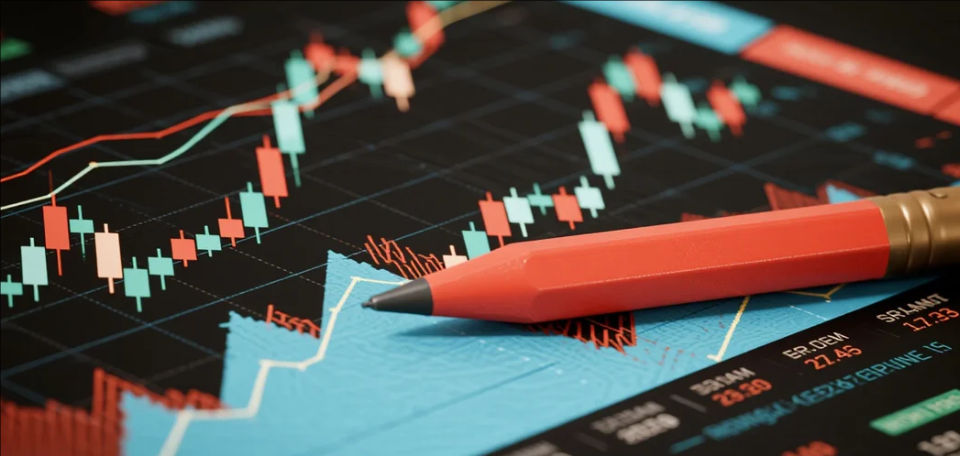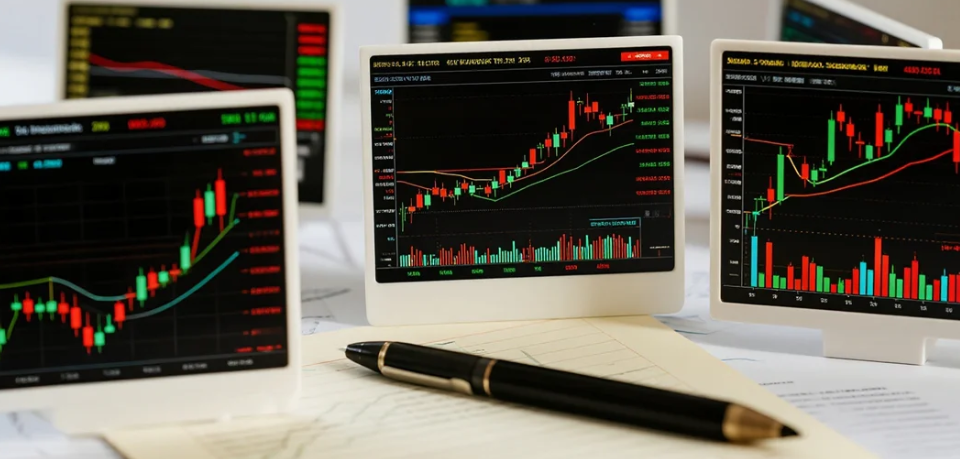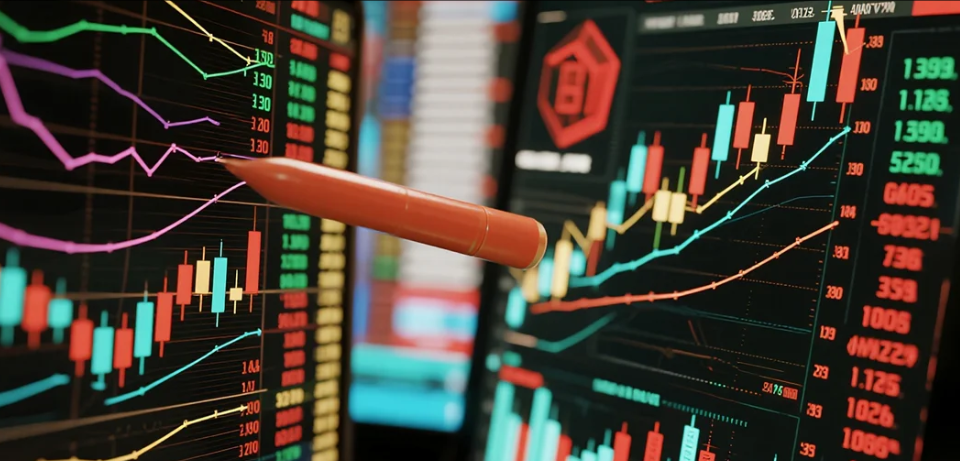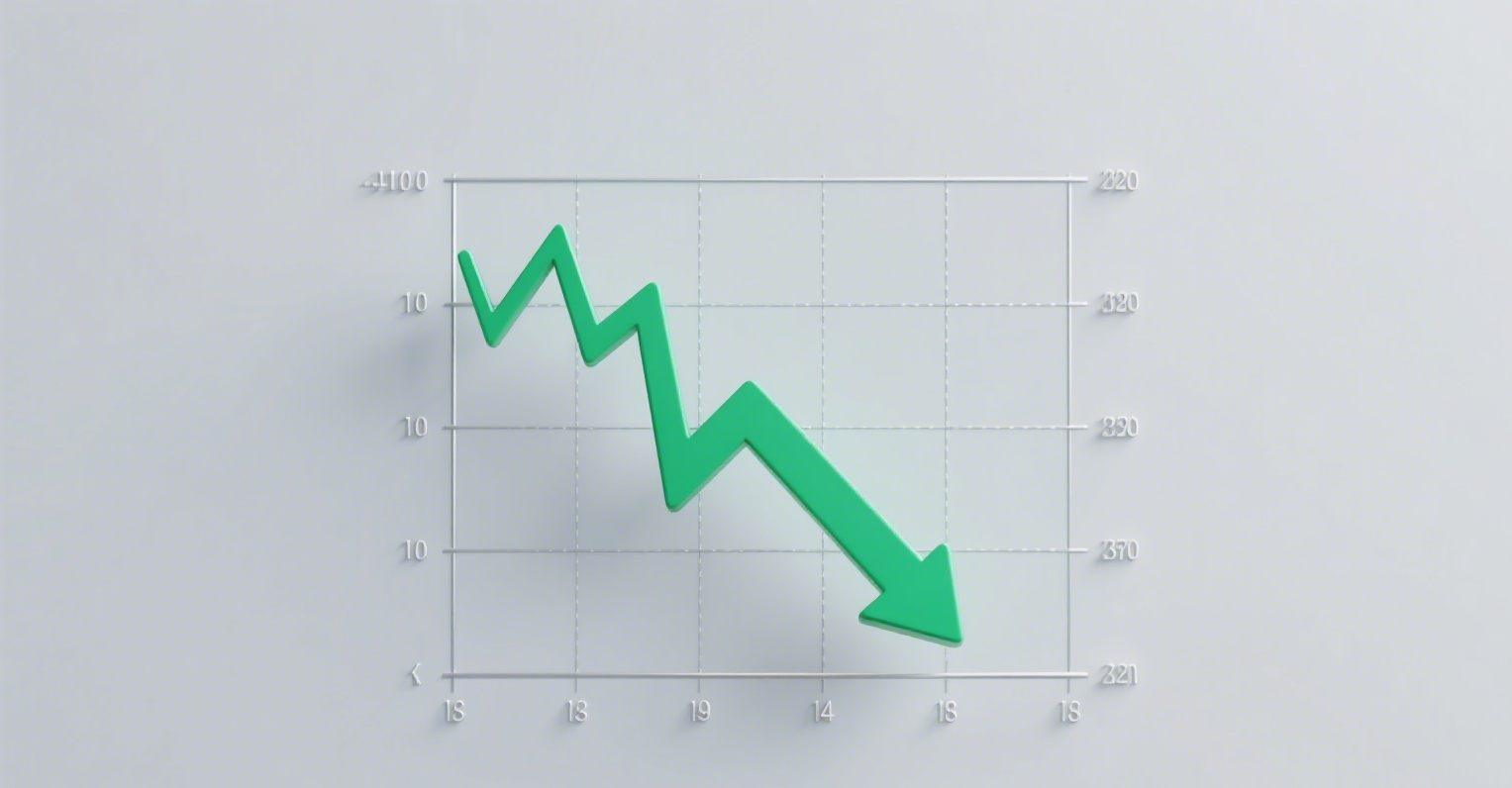
Mastering Fundamental Data Analysis
Fundamental analysts believe that a currency’s strength reflects the economic health of its country. While short-term fluctuations may occur due to non-economic factors or temporary deviations from economic fundamentals, over the long term, exchange rates will align with the country’s economic conditions. To assess economic performance, comparative analysis is essential. For example, if the U.S. GDP growth rate in 1996 was estimated at 3%, this figure alone does not indicate whether the dollar should strengthen or weaken. It must be compared to the previous year’s growth rate and to the growth rates of major economies like Germany and Japan. If the U.S. grew at 2% the prior year while Germany and Japan grew at 1.5% in 1996, the 3% figure suggests the U.S. economy is improving relative to its peers, justifying a stronger dollar against the yen or Deutsche Mark. Fundamental analysts use such insights to guide trading decisions, such as buying dollars and selling yen or marks.
Economic indicators—such as trade deficits, budget deficits, money supply, consumer price index (CPI), producer price index (PPI), unemployment rates, housing starts, and leading indicators—are critical for fundamental analysis. Governments regularly publish these metrics, and investors analyze them to forecast future trends.
How accurate are such predictions? The prominence of economic research departments in global investment firms and the market’s reaction to key data releases—such as traders reducing positions ahead of announcements—demonstrate the weight of fundamental analysis. Post-release, currencies may strengthen further, reverse, or weaken, proving that economic indicators act as "market movers." Thus, regardless of predictive accuracy, fundamental analysis remains a cornerstone of forex investment strategies.
Fundamental Analysis is Best for Medium-to-Long-Term Trends
Fundamental analysis is effective for predicting trends over six months to two years. However, since the end of the gold standard and the shift to floating exchange rates, non-fundamental factors (e.g., speculation) increasingly influence currency prices. The forex market’s daily turnover surged from $800 billion in 1994 to $1.2 trillion in 1995–96, with 80% ($1 trillion) being speculative trades. High-frequency trading and capital mobility (facilitated by systems like CHIPS and CHAPS) can distort prices, sometimes rendering fundamental analysis temporarily ineffective. As a result, traders now combine fundamentals with technical analysis for decision-making.
A classic fundamental theory is Purchasing Power Parity (PPP), which posits that exchange rates should adjust to equalize the price of a basket of goods across countries. For instance, if an egg costs $1 in the U.S., ¥100 in Japan, and DM1.5 in Germany, PPP suggests an equilibrium rate of $1 = ¥100 = DM1.5. Yet real-world exchange rates often deviate due to market dynamics. In April 1996, Merrill Lynch’s research showed the yen, Deutsche Mark, Swiss franc, and NZ dollar were overvalued by 35%, 20%, 10%, and 9%, respectively, while the GBP, CAD, FRF, and AUD were undervalued by 20%, 16%, 8%, and 4%.
Today’s forex market is highly sensitive to political and economic news—even rumors. While PPP provides a theoretical benchmark, traders should treat it as just one reference among many.







